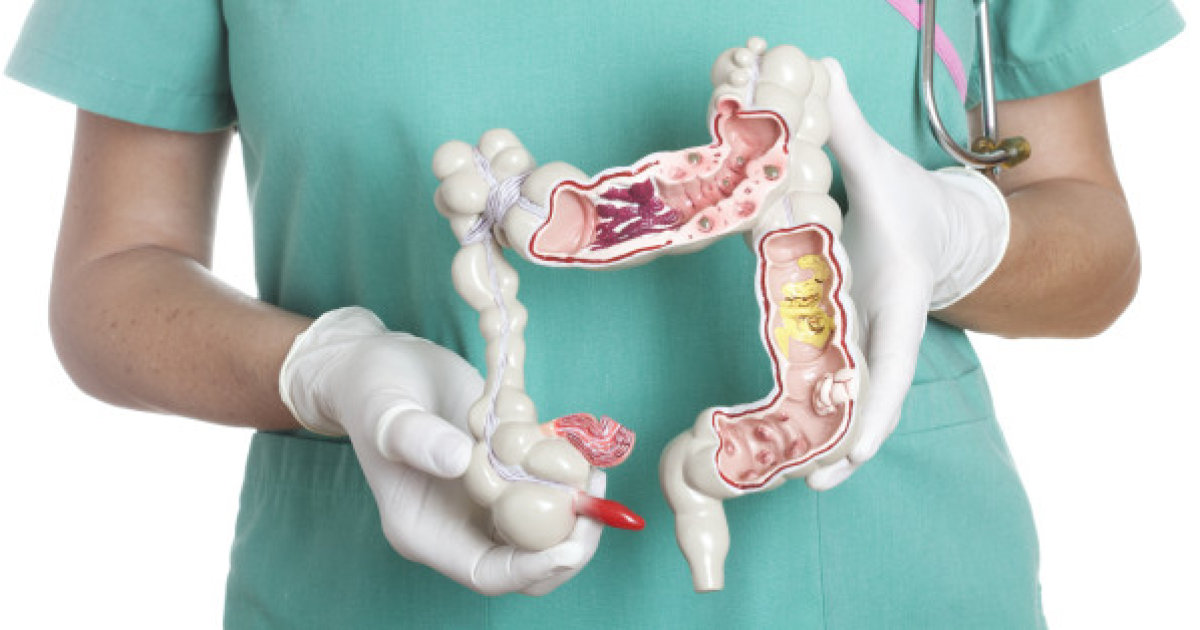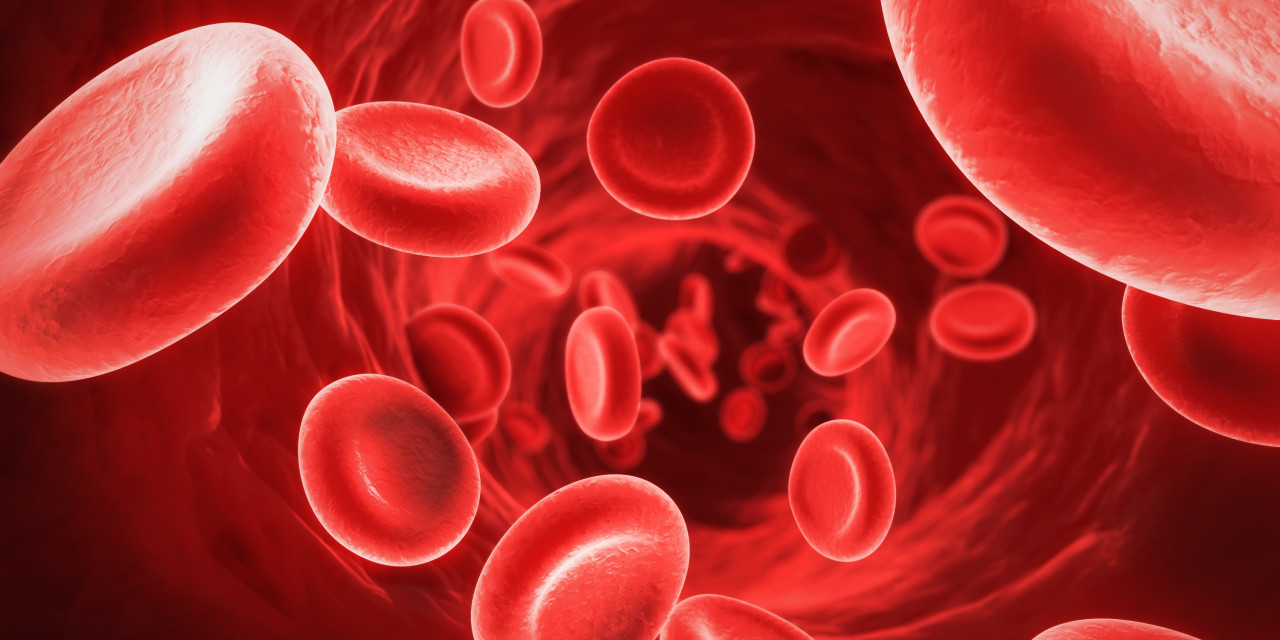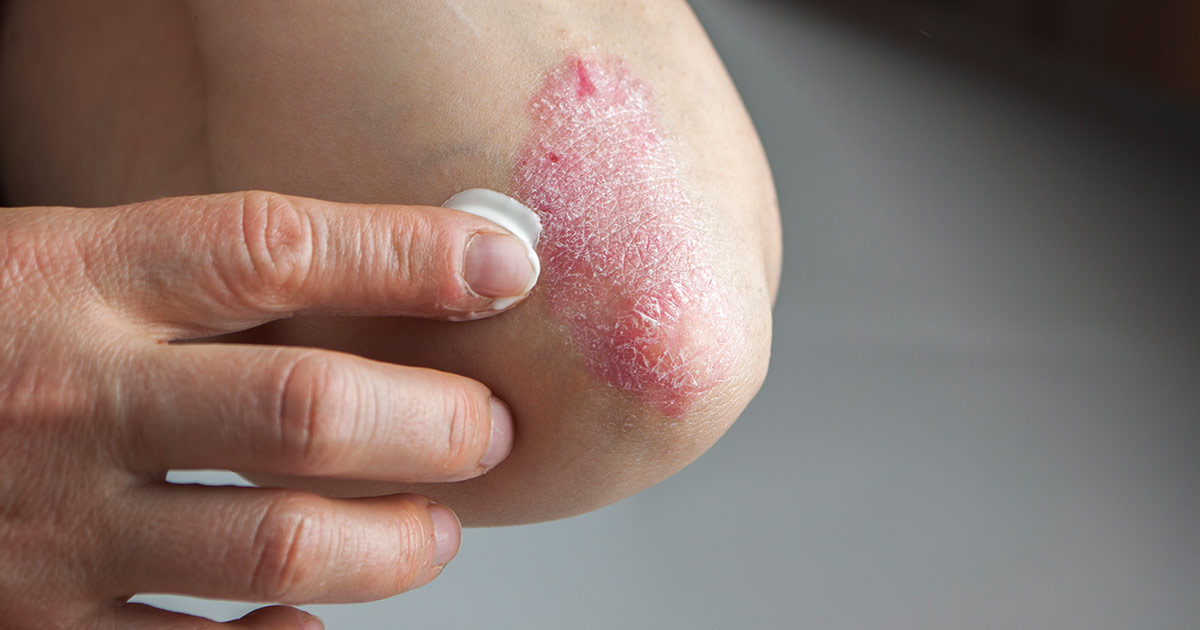Guide To The Conditions Prednisone Treats
Prednisone is a prescription medication in a class of drugs referred to as corticosteroids. Prednisone can be given in several ways, including as an injection, pill, or inhalant. Prednisone works through reducing the activity of an individual's immune system. An individual's immune system is responsible for protecting the tissues from harmful substances and foreign pathogens. The immune system in a healthy individual's body responds when an injury occurs, or disease develops.
Prednisone helps decrease these responses to ease symptoms that cause more harm than good, such as swelling and inflammation. Some disorders cause an individual's immune system to abnormally and inappropriately attack healthy tissues in their body, and prednisone can help stop the immune system from doing so. However, prednisone can have side effects such as headaches, mood changes, acne, dizziness, fatigue, weight gain, appetite changes, and edema.
Arthritis

Arthritis is a disease where an individual experiences inflammation in their joints and the tissues that surround them. There are approximately two hundred different conditions that may be referred to as arthritis. The most common type of arthritis is osteoarthritis, but others include rheumatoid arthritis and gout. Stiffness, pain, aching, and swelling may occur around one or more joints in an affected individual. Symptoms can develop suddenly or slowly progress over time.
Treatment for arthritis has the goals of controlling pain, maintaining or improving function, and minimizing joint damage. These goals are accomplished with physical therapy, joint assistive aids, weight loss, occupational therapy, splints, education and support, surgical procedures, and medications. Some forms of arthritis require the use of medications with anti-inflammatory benefits because the condition is caused by the individual's overactive immune system. Corticosteroids like cortisone and prednisone can be used to decrease the amount of inflammation in the affected joints, throttle the individual's immune system, and stop the inflammatory process.
Asthma

Asthma is a long-term disease that affects the airways inside of the lungs, causing them to become swollen, inflamed, and narrow. Asthma is episodic and triggered by certain things in the environment. When triggered, the muscles that surround a patient's airways become tight and stiff, making it challenging for air to flow in and out of their lungs properly. This malfunction results in classic asthma symptoms that include wheezing, coughing, chest tightness, and shortness of breath.
Asthma is categorized into different types depending on what triggers their symptoms and the underlying cause of the condition. There are three main parts of treatment for an asthma patient, including rescue or first aid treatments, long-term asthma control medications, and breathing exercises. A short course of prednisone is used in individuals who are affected by asthma and have worsening symptoms or who are experiencing an asthma attack. Prednisone is effective at helping reduce severe inflammation and swelling in the lungs.
Allergic Reactions

An allergic reaction is a set of symptoms that develop because the immune system has an abnormal reaction to a substance that is relatively harmless to the body. Some of the most prevalent allergens known to produce allergic reactions include peanuts, pollen, and eggs. During an allergic reaction, the immune system secretes an influx of antibodies or proteins that instruct cells to release a substance called histamine, which causes blood vessels to dilate and produces several other symptoms associated with allergies. Allergic reactions can occur when an allergen comes in contact with the nose, eyes, skin, mouth, or stomach. A severe allergic reaction that requires hospitalization in most cases is referred to as anaphylaxis.
Part of the treatment of anaphylaxis is the administration of antihistamines and corticosteroids. For the immediate dangers anaphylaxis presents, corticosteroids are of little benefit. However, corticosteroid administration is important because it stops what is referred to as a late-phase reaction. Corticosteroids are also more effective for this purpose in individuals who are affected by asthma and also in an allergic crisis. Oral corticosteroids are often continued for several days following the acute allergic reaction.
Crohn's Disease

Crohn's disease is an inflammatory bowel disease that produces symptoms ranging from mild to debilitating. Crohn's disease can cause adverse problems in any part of an individual's digestive tract from their mouth to their anus but is most likely to occur in the colon and small intestine. Crohn's disease develops because of certain gene mutations, immune system responses, and different environmental factors. Symptoms of Crohn's disease include diarrhea, fever, fatigue, weight loss, abdominal cramps, blood in the stool, appetite loss, and frequent bowel movements. Crohn's disease does not have a cure, and no one method of treatment works for everyone affected by Crohn's disease.
Treatment involves decreasing the inflammatory process that triggers symptoms. The first line of treatment in most cases of Crohn's disease is the use of anti-inflammatory drugs, including oral 5-aminosalicylates and corticosteroids. Corticosteroids help reduce the activity of a patient's immune system to reduce the Crohn's disease symptoms associated with the inflammatory process that takes place in the digestive tract.
Prevent Organ Rejection

Organ rejection is a process that occurs in a patient where their immune system recognizes a donor organ as being foreign and attempts to eliminate its tissues. Some degree of organ rejection occurs in every patient who receives a donor organ transplant. The clinical significance of that degree of rejection is dependent upon individual circumstances. Acute rejection is sudden and often forced back into a state of remission through the use of medications to suppress the immune system. Chronic rejection can develop as a result of several episodes of acute rejection.
Organ rejection produces symptoms such as swelling, weight gain, chills, nausea, diarrhea, headache, body aches, tiredness, fever, pain over the transplant site, and less urine expulsion. Patients who have had an organ transplant need to take several medications every day to maintain proper clinical immunosuppression. Clinical immunosuppression includes the use of prednisone to help stop the immune system components from attacking the donor organ.
Diamond-Blackfan Anemia

Diamond-Blackfan anemia is a rare form of anemia. For patients with this condition, the bone marrow does not produce a sufficient quantity of red blood cells. Researchers estimate there are six to seven hundred patients with this condition throughout the world, and genetic mutations are involved in roughly twenty-five percent of all cases. At birth, newborns with Diamond-Blackfan anemia may have hand abnormalities, heart defects, heartbeat irregularities, and pallor. The thumbs may be absent or malformed, and the eyelids may droop. Patients could also have episodes of fainting, and irritability may be present.
To diagnose this condition, doctors will perform blood tests, and genetic testing and a bone marrow biopsy may be necessary. Prednisone is normally the first line of treatment for Diamond-Blackfan anemia. The medication stimulates the production of red blood cells, and seventy percent of patients with this condition will be responsive to this treatment. Blood transfusions can be used as well, and patients may be advised to have a stem cell transplant.
Sjogren's Syndrome

Sjogren's syndrome is an autoimmune condition that impacts the body's ability to produce moisture. Patients with this condition typically have dry eyes and a dry mouth, and they could also experience dry skin, fatigue, numbness in the limbs, pain in the muscles and joints, and chronic coughing. Individuals with Sjogren's syndrome frequently have other autoimmune conditions like rheumatoid arthritis or lupus as well, and they may develop thyroid issues. Women are at a higher risk of Sjogren's syndrome, and the condition is typically diagnosed after the age of forty. Individuals with this health issue are more likely to develop tooth decay and yeast infections than others.
To diagnose Sjogren's syndrome, doctors perform blood tests, and the Schirmer tear test can be performed to measure the tear production of the eyes. Some patients might need to have a sialogram, salivary scintigraphy, or a lip biopsy. In addition to prednisone, Sjogren's syndrome patients may need to use prescription eye drops to reduce symptoms associated with dry eyes, and antifungal medicines may be prescribed if yeast infections develop. Immunosuppressants like methotrexate could be considered for systemic treatment. Patients who have severely dry eyes could also benefit from a punctal occlusion procedure.
Psoriasis

Psoriasis is an autoimmune condition that accelerates the typical life cycle of skin cells. This acceleration causes the cells to rapidly accumulate on the skin's surface, and this can create scales and red patches that may be itchy and painful. The skin could become so dry that it cracks and bleeds, and patients might notice their nails are thickened, pitted, or ridged. The joints could become stiff and swollen. Doctors are often able to diagnose psoriasis with a health history and a physical examination. A skin biopsy may be useful in determining the specific type of psoriasis the patient has, and it could also be used to rule out other conditions.
Topical corticosteroids are frequently prescribed for mild to moderate psoriasis, and patients might need to use vitamin D analogs to slow down the growth of skin cells. Calcineurin inhibitors could be recommended to reduce both inflammation and scaling, and anthralin helps remove scales and smooth the skin. Light therapy sessions may be considered for certain patients, and patients with severe psoriasis typically need to take oral medications or injections to manage their symptoms. Methotrexate and cyclosporine can be taken orally, and patients may benefit from the use of injectable biologics such as etanercept or adalimumab. An oral biologic medication called apremilast might be recommended too.
Duchenne Muscular Dystrophy

Duchenne muscular dystrophy is a genetic condition that causes progressive muscle weakness. This form of muscular dystrophy is more common in males, and symptoms tend to begin before the age of six. The muscle weakness associated with this condition often starts in the pelvis and legs, and it tends to be less severe in the arms and neck. Patients could have trouble climbing stairs or getting up from a reclined position, and they might fall frequently. They could also have breathing difficulties and trouble with walking.
Many patients with Duchenne muscular dystrophy lose the ability to walk by the age of twelve, and breathing and heart issues typically begin by twenty years old. Genetic tests, muscle biopsies, serum CPK test, and electromyography tests may be used in the diagnostic process. Although there is no cure for muscular dystrophy, treatments can help manage symptoms and improve quality of life. Steroids such as prednisone are administered to reduce the rate of decline in muscle strength, and physical therapy and speech therapy can be helpful as well. Some patients may need breathing assistance at night, and braces and wheelchairs are useful in improving mobility.
Myasthenia Gravis

Myasthenia gravis is an autoimmune condition that causes weakness and fatigue in skeletal muscles. Patients with this condition often experience issues with the eye, throat, face, neck, and limb muscles. They could notice double vision or eyelid drooping, and swallowing and chewing difficulties may develop. If weakness in the neck muscles is present, the patient might have trouble holding up his or her head, and leg muscle weakness could impair the patient's ability to walk. Myasthenia gravis is most frequently diagnosed in women under forty years old and men over sixty years old.
The condition can be caused by problems with certain antibodies and by issues with the thymus gland. To diagnose this condition, doctors will perform a neurological examination, and blood tests, MRI scans, and pulmonary function tests could be recommended. Prednisone and other corticosteroids can limit antibody production, and this may lead to an improvement in the patient's symptoms. Immunosuppressants and intravenous therapy could be recommended for certain patients.